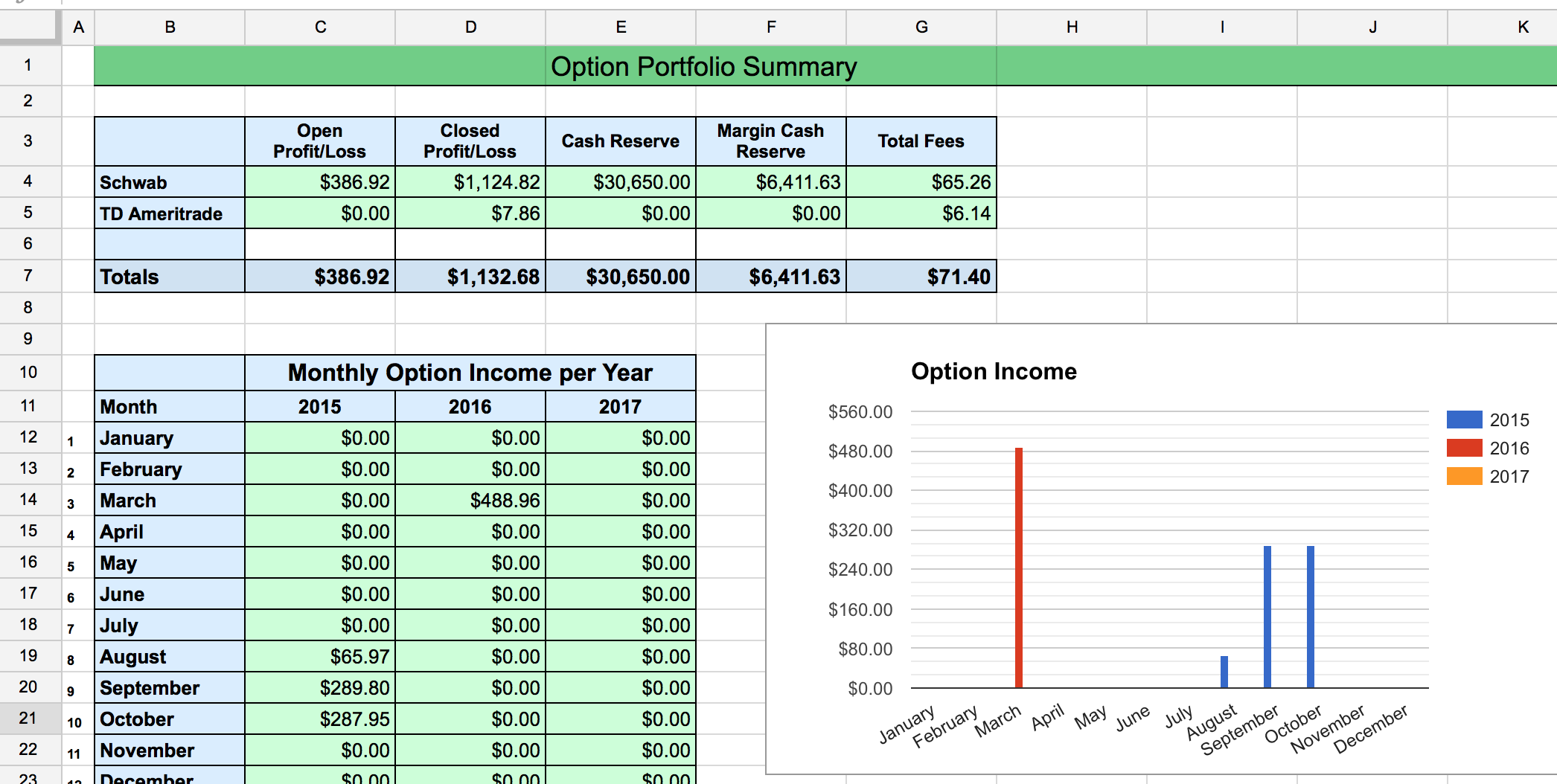In the ever-evolving world of finance, options trading has emerged as a powerful tool for investors seeking to navigate market volatility and potentially enhance their returns. This comprehensive guide will delve into the intricacies of options trading, empowering you with the knowledge and confidence to make informed decisions.

Image: www.projectfinance.com
Defining Options: A Versatile Financial Instrument
Options are financial contracts that grant the buyer (holder) the right but not the obligation to buy or sell an underlying asset, such as a stock or commodity, at a specified price and date. They are often used for hedging risk, speculating on price movements, or generating additional income.
There are two main types of options:
- Calls: Give the holder the right to buy the underlying at the specified “strike price” on or before the “expiration date.”
- Puts: Provide the right to sell the underlying at the strike price during the contract period.
The Anatomy of an Option
Every option contract carries specific characteristics:
- Symbol: A unique identifier for the specific option contract, including the underlying asset, expiration date, and strike price.
- Strike Price: The predetermined price at which the underlying can be bought (for calls) or sold (for puts).
- Expiration Date: The specific date on which the option contract expires and becomes worthless.
- Premium: The price paid to acquire the option contract.
**Understanding Options Trading Strategies**
Options traders utilize various strategies to achieve different investment goals. Some common strategies include:
- Covered Calls: Selling call options against an underlying you own as a hedging strategy against a potential downside in the asset’s price.
- Naked Calls: Selling call options without owning the underlying, creating unlimited potential for loss in case the underlying rises above the strike price.
- Bull Calls: Purchasing call options to speculate on a potential rise in the underlying’s price.
- Bear Calls: Selling call options to profit from a decline or sideways movement in the underlying’s price.

Image: www.twoinvesting.com
**Expert Insights for Success in Options Trading**
Seasoned options traders emphasize the following principles:
- Know Your Risk Tolerance: Determine how much volatility and potential losses you can handle before entering the options market.
- Understand the Options Chain: Study the various strike prices and expiration dates available for the underlying you’re interested in.
- Consider Volatility: Understand the impact of implied volatility on option premiums and use it to your advantage.
- Learn from Technical Analysis: Employ charting and technical indicators to identify potential trading opportunities.
- Start Small: Begin with smaller trades to minimize potential losses until you gain confidence and experience.
All About Option Trading
**Unleashing the Transformative Power of Options**
While options trading can be a rewarding endeavor, it’s crucial to recognize both its potential benefits and risks. By embracing the principles outlined in this guide, you can unlock the transformative power of options to enhance your investment strategies, protect your portfolio, and potentially maximize your returns. Options trading offers an opportunity for investors of all experience levels to participate in market movements and achieve their financial goals. It’s a dynamic and engaging field that continues to evolve, providing boundless opportunities for growth and learning.







